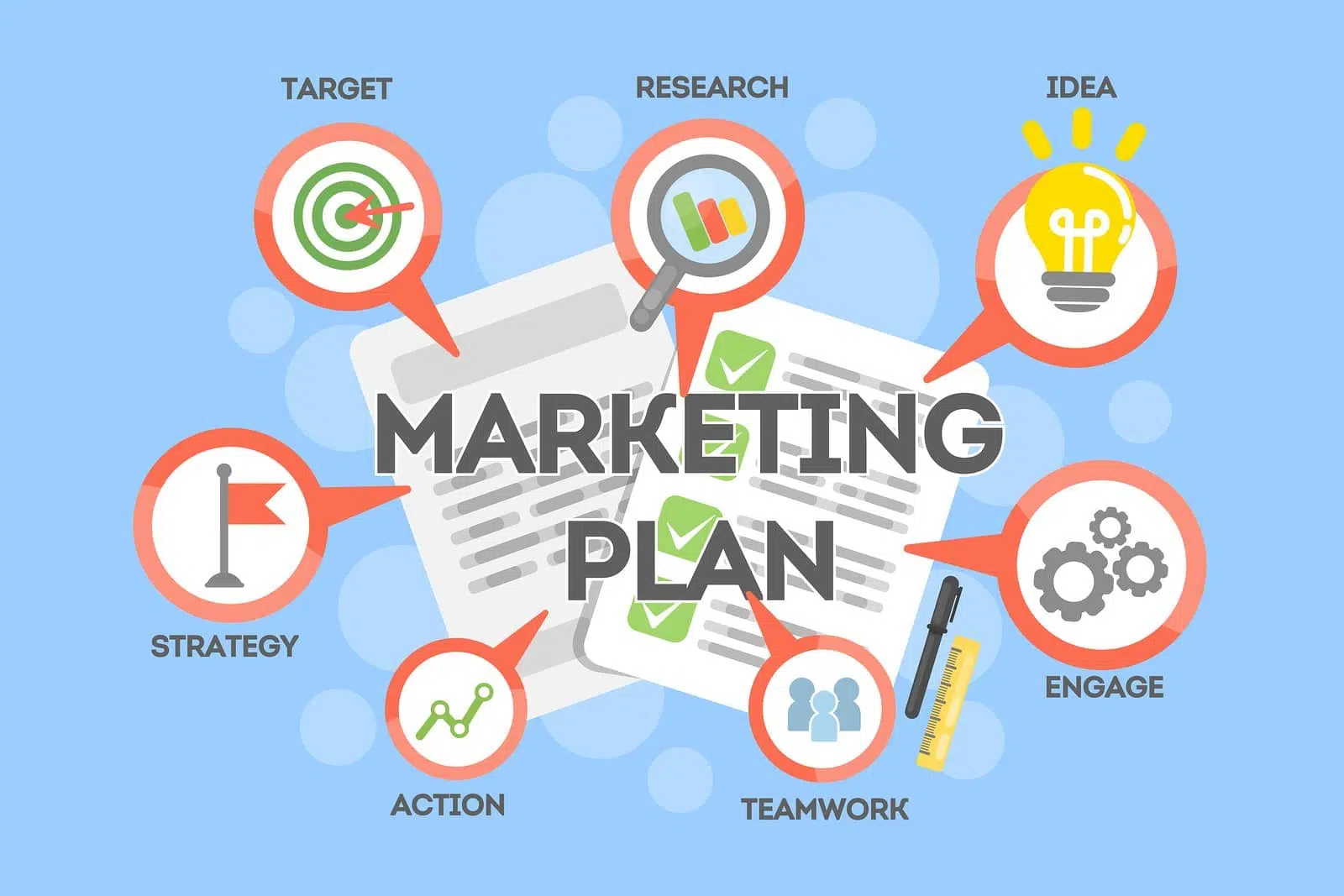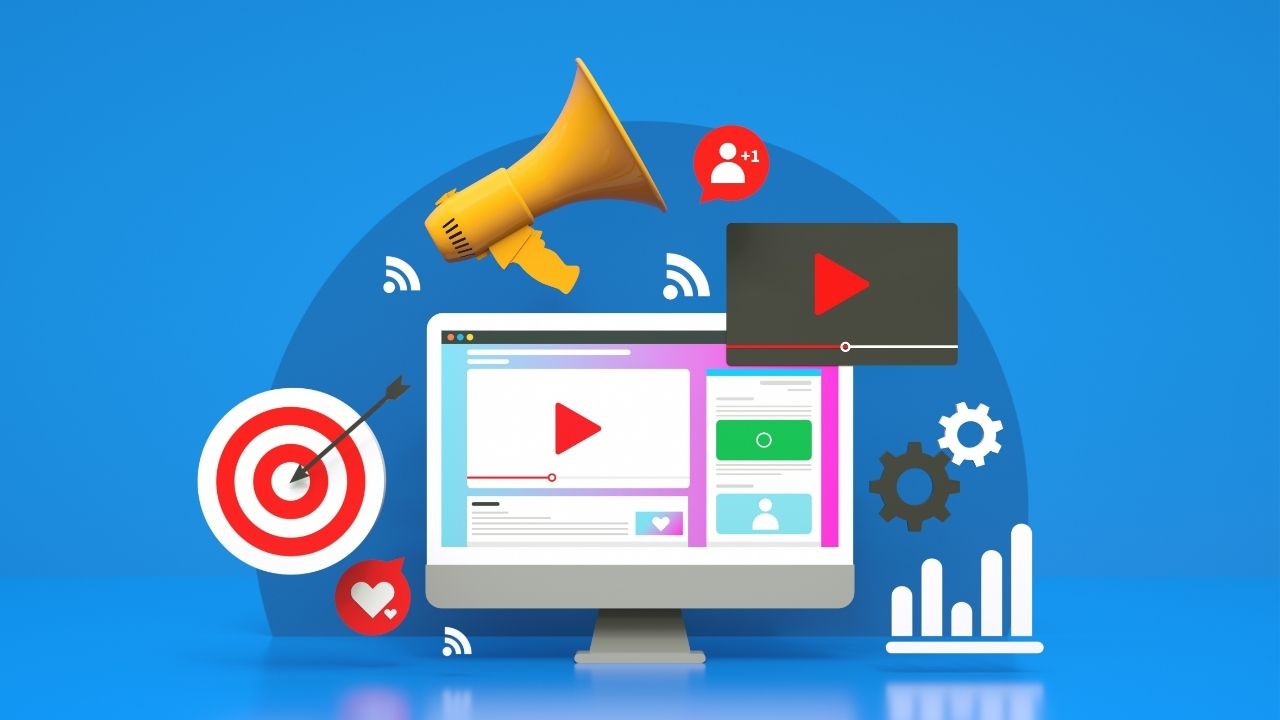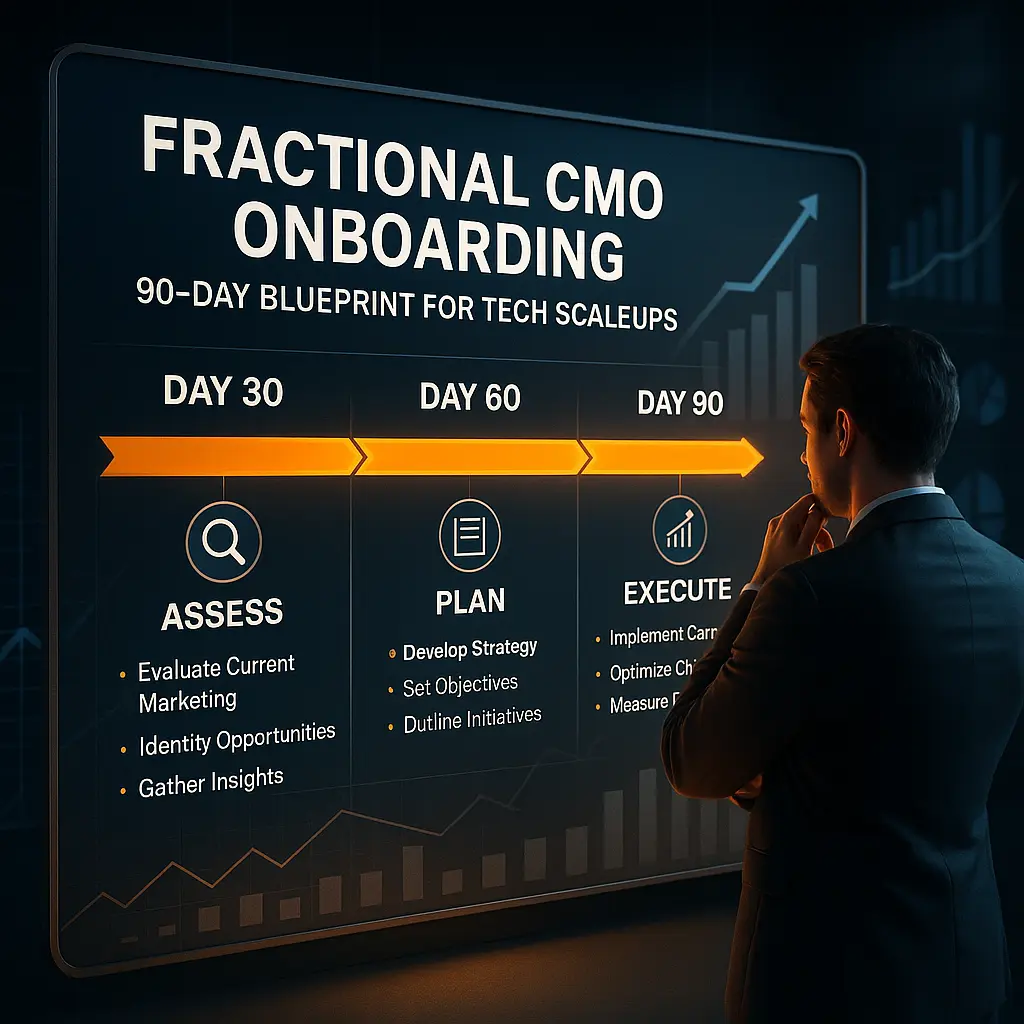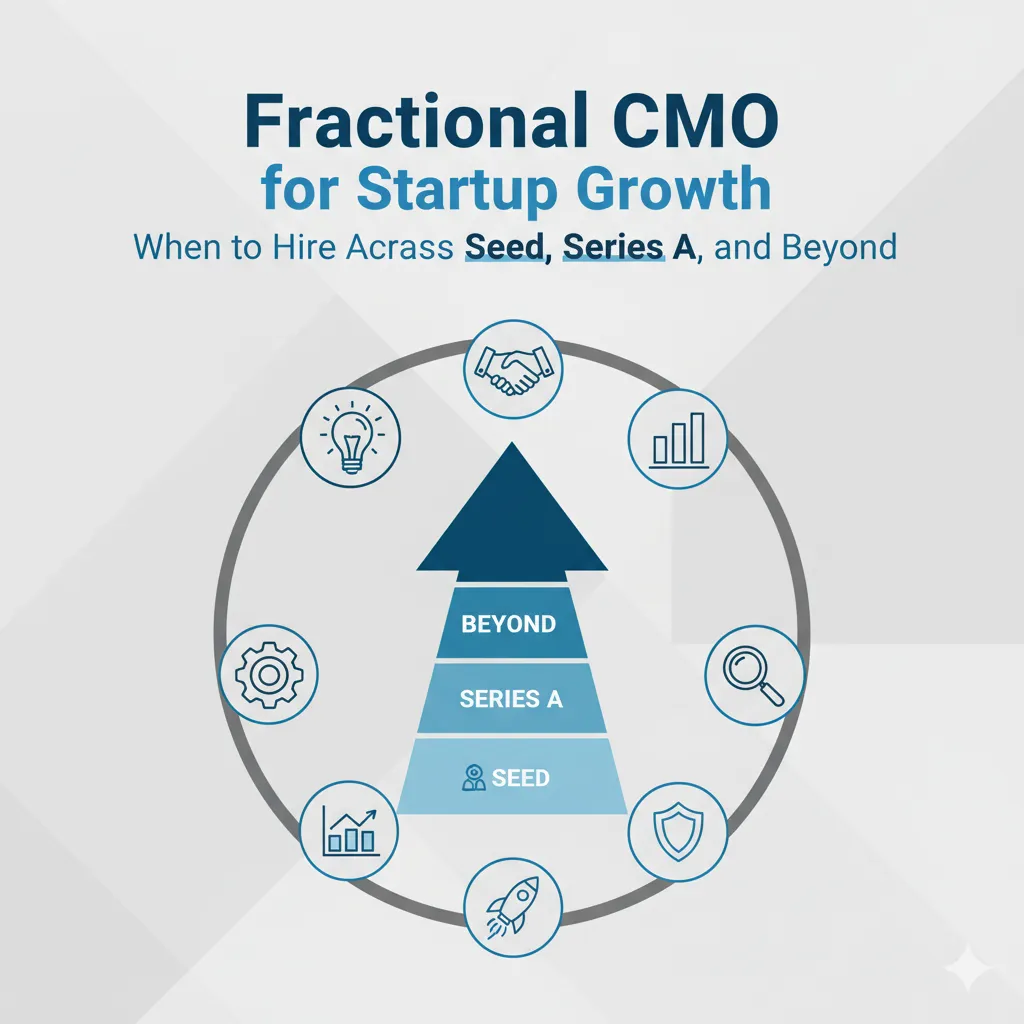Nearly 40% of tech scaleups fail to achieve sustainable growth despite having proven product-market fit, with the primary culprit being ineffective marketing leadership that burns through capital without generating predictable pipeline. The strategic implementation of fractional CMO onboarding has emerged as a game-changing solution, with companies reporting average revenue growth of 29% compared to just 19% for those maintaining traditional hiring models. This performance gap isn’t coincidental—it’s the direct result of accessing senior marketing expertise without the €200,000 to €350,000 annual commitment of full-time executives.
Tech scaleups operating in competitive markets need marketing leadership that can deliver immediate impact while building sustainable growth engines. The data speaks volumes: properly onboarded fractional CMOs drive 55% reductions in customer acquisition costs and achieve 4x improvements in monthly recurring revenue growth within their first 90 days. For German tech companies navigating DSGVO compliance, international expansion, and investor pressure, the structured 90-day blueprint provides the framework needed to transform marketing from cost center to revenue engine.
Contents
- 1 Key Takeaways
- 2 The Strategic Foundation: Days 0-30
- 3 Building the Revenue Engine: Days 31-60
- 4 Execution Excellence: Days 61-90
- 5 Technology Integration for Sustainable Scale
- 6 Lead Generation and Pipeline Development
- 7 Industry-Specific Optimization Strategies
- 8 Measuring Success and ROI Validation
- 9 FAQ
- 10 Sources
Key Takeaways
- Companies achieve 30-50% improvements in qualified lead generation within three to six months of fractional CMO engagement
- B2B SaaS companies reach 40% conversion rates compared to 13% market average through optimized processes
- Following up on leads within one hour yields 53% conversion rates versus 17% for 24-hour delays
- Marketing technology utilization improves from typical 42% to 80%+ through strategic optimization
- Investment ranges from €5,000-€15,000 monthly versus €200,000-€350,000 annually for full-time CMOs
The Strategic Foundation: Days 0-30
The first 30 days of fractional CMO onboarding establish the critical foundation for all subsequent success. This discovery phase requires deep immersion into company operations, market positioning, and competitive dynamics while building essential stakeholder relationships. The assessment process can’t be rushed—83% of companies now maintain dedicated teams for creating startup marketing strategies, highlighting the importance of strategic alignment from day one.
Comprehensive Discovery and Assessment
Discovery activities encompass stakeholder interviews with CEOs, founders, and department heads to understand strategic priorities and growth objectives. I’ve found that conducting these interviews in the first two weeks reveals hidden challenges that spreadsheets and dashboards never capture. The evaluation includes existing marketing campaigns, lead generation programs, and content libraries—but resist implementing changes immediately. Premature optimization without complete understanding often disrupts functioning systems and damages credibility with teams.
The assessment framework examines five critical areas that determine marketing effectiveness:
- Current technology stack utilization and integration gaps
- Brand positioning alignment with market realities
- Lead generation efficiency and conversion metrics
- Sales and marketing alignment protocols
- Content assets and messaging consistency
Stakeholder Integration and Relationship Building
Building relationships across the organization determines the success of every initiative that follows. The integration process requires establishing clear communication protocols with marketing teams, sales organizations, and cross-functional stakeholders. I prioritize meeting with sales leadership within the first week—their insights into pipeline quality and customer feedback provide invaluable direction for strategy development.

German tech companies face unique challenges requiring specialized attention during this phase. DSGVO compliance documentation, Auftragsverarbeitung agreements, and data flow protocols must be evaluated immediately. The discovery process also includes analyzing existing customer data, market research, and competitive intelligence specific to DACH markets. This foundational knowledge becomes essential for developing strategies that resonate with German buyers who prioritize security, compliance, and proven ROI.
Building the Revenue Engine: Days 31-60
The second phase transitions from discovery to strategic planning and infrastructure development. This period focuses on creating comprehensive marketing strategies, establishing performance metrics, and implementing technology solutions that drive measurable results. The strategic planning process synthesizes assessment findings into actionable recommendations that address identified gaps while capitalizing on market opportunities.
Strategic Planning and Campaign Architecture
Strategic planning during days 31-60 involves developing integrated marketing campaigns that support revenue targets and customer acquisition goals. I focus on implementing Account-Based Marketing playbooks targeting five accounts with five plays in five weeks—a framework that delivers quick wins while building sustainable processes. The planning requires collaboration with sales teams to develop lead generation models and shared accountability frameworks.
For tech scaleups, the campaign architecture must address specific market segments. B2B SaaS companies require different approaches than cybersecurity firms or industrial IoT providers. Each segment has unique buying triggers, compliance requirements, and decision-making processes. The strategic plan must account for these variations while maintaining operational efficiency across all initiatives.

Technology Stack Optimization
Modern marketing departments operate an average of 185 different applications, yet utilize only 42% of their capabilities. This inefficiency represents massive opportunity for improvement. I evaluate existing MarTech investments to identify redundancies, gaps, and integration opportunities that enhance overall effectiveness. Understanding fractional CMO capabilities includes recognizing how technology optimization drives measurable improvements in marketing performance.
Essential marketing automation platforms for tech scaleups include HubSpot, with professional plans starting at €800 monthly and enterprise solutions at €3,600 monthly. Alternative solutions like Salesforce, Marketo Engage, and ActiveCampaign offer specific capabilities for different organizational needs. The selection process requires evaluating current investments, integration requirements, and scalability needs to ensure sustainable growth.
Performance Metrics and KPI Framework
Establishing comprehensive KPI frameworks provides clear benchmarks for measuring progress and demonstrating value. I implement tracking for ten essential metrics: Customer Acquisition Cost, Customer Lifetime Value, Return on Marketing Investment, conversion rates, website traffic sources, social media engagement, email performance, churn rates, sales growth, and lead generation effectiveness. These metrics provide visibility across all channels while enabling data-driven optimization.
Industry benchmarks vary significantly—B2B SaaS companies achieve 40% conversion rates compared to 13% market averages. Marketing Qualified Lead to Sales Qualified Lead conversion rates reach 39-40% through behavioral scoring models. Understanding these benchmarks enables realistic target setting and identifies improvement opportunities within existing funnels.
Execution Excellence: Days 61-90
The final phase emphasizes execution, optimization, and performance measurement. This period requires implementing strategic recommendations, launching campaigns, and making data-driven adjustments to maximize effectiveness. The execution phase represents the culmination of discovery and planning, requiring seamless coordination while maintaining focus on measurable outcomes.
Campaign Launch and Activation
Campaign execution involves launching integrated initiatives across multiple channels, implementing lead generation programs, and activating content strategies developed during planning. I coordinate launches with internal teams and external partners while establishing monitoring protocols for maximum effectiveness. The process requires continuous performance tracking and rapid optimization based on real-time data.

Speed matters enormously in tech markets. Companies following up on Sales Qualified Leads within one hour report 53% conversion rates versus 17% for those waiting 24 hours. This timing benchmark emphasizes implementing efficient lead management processes and automation workflows supporting rapid response capabilities.
Performance Optimization and Measurement
Performance measurement during this phase includes comprehensive analysis of campaign results, conversion optimization, and budget adjustments based on market response. The measurement process must demonstrate clear correlation between marketing investments and business outcomes. I prepare detailed performance reports documenting achievements, lessons learned, and strategic recommendations for continued growth.
For German tech companies, this phase includes activating partner channels with AWS, Azure, or GCP marketplace listings. Co-marketing initiatives with hyperscalers provide immediate credibility and access to enterprise buyers. The optimization process also addresses DSGVO compliance documentation, creating security one-pagers, and developing trust-building content that resonates with risk-averse German buyers.
Technology Integration for Sustainable Scale
Successful fractional CMO engagements require sophisticated technology integration supporting scalable growth. The selection process evaluates existing systems, identifies capability gaps, and implements solutions aligned with business objectives. Modern tech stacks must balance comprehensive functionality with operational efficiency.
Marketing Automation Platform Selection
HubSpot emerges as the leading platform for tech scaleups, offering form builders, live chat, campaign analytics, customer segmentation, and email marketing tools. The platform’s scalability accommodates growth from startup to enterprise. Alternative solutions include Salesforce for CRM integration, Marketo for advanced automation, and ActiveCampaign for email marketing excellence.
Platform selection requires evaluating integration requirements with existing systems. Building an effective revenue engine depends on seamless data flow between marketing automation, CRM, and analytics platforms. I prioritize solutions offering API connectivity, data synchronization, and comprehensive reporting capabilities.

Analytics and Optimization Tools
Behavior analytics tools provide essential insights into user behavior and conversion opportunities. Hotjar delivers heatmap analysis, session recordings, and funnel visualization. Semrush supports SEO and competitive analysis, while Tableau enables advanced data visualization. These tools complement marketing automation by providing deeper insights into customer behavior and campaign performance.
The integration process establishes clear data protocols ensuring connectivity between platforms. I implement comprehensive tracking mechanisms supporting data-driven decisions throughout the engagement. For tech companies, this includes tracking product usage signals, feature adoption rates, and activation metrics that predict customer success.
Lead Generation and Pipeline Development
Effective lead generation requires frameworks aligning marketing activities with sales objectives while maximizing conversion efficiency. Successful tech scaleups achieve 30-50% improvements in qualified lead generation within six months of implementing fractional CMO strategies. These improvements result from comprehensive process optimization and advanced targeting.
Multi-Channel Lead Generation Strategy
The lead generation framework encompasses content marketing, SEO initiatives, paid advertising, social media engagement, and email automation. I coordinate these initiatives creating integrated experiences that build trust and guide prospects toward purchase decisions. The framework accounts for extended sales cycles common in technology markets while providing multiple engagement touchpoints.
For Product-Led Growth companies, the strategy addresses the transition from self-serve to sales-assist models. Achieving product-market fit requires understanding activation signals and implementing targeted interventions. I develop PQL scoring models identifying users ready for sales engagement, improving conversion rates while maintaining efficient resource allocation.
Account-Based Marketing Implementation
ABM strategies deliver exceptional results for tech scaleups targeting enterprise accounts. I implement focused programs targeting five key accounts with tailored plays addressing specific pain points. The approach requires close sales collaboration ensuring message consistency across all touchpoints.
German markets respond particularly well to ABM approaches emphasizing technical credibility and risk mitigation. I develop reference architectures, integration landscapes, and compliance documentation supporting complex sales cycles. The ABM framework includes co-selling with technology partners, leveraging their credibility to accelerate deal velocity.
Industry-Specific Optimization Strategies
Different technology segments require specialized approaches reflecting unique market dynamics and buyer behaviors. Understanding these variations enables targeted strategies delivering superior results. I adapt frameworks based on specific industry requirements while maintaining operational efficiency.
B2B SaaS and PLG Companies
SaaS companies face unique challenges transitioning from product-led to sales-assisted models. The optimization strategy focuses on identifying product qualified leads through usage signals and behavioral scoring. I implement speed-to-lead protocols ensuring rapid follow-up on high-intent users. The approach includes developing activation nudges and targeted interventions improving trial-to-paid conversion.
Pricing and packaging optimization becomes critical for SaaS growth. I analyze usage patterns, feature adoption, and customer segments to recommend tier adjustments maximizing revenue. The process includes developing ROI calculators, TCO comparisons, and business case documentation supporting enterprise sales cycles.
Cybersecurity and Compliance Tech
Cybersecurity companies require messaging emphasizing risk mitigation and compliance readiness. I develop SOC2 summaries, DSGVO documentation, and security one-pagers addressing buyer concerns. The strategy includes creating detailed data flow diagrams and audit-ready materials accelerating procurement processes.
Partner ecosystems play crucial roles in cybersecurity marketing. I establish co-marketing agreements with managed security providers and technology integrators. The approach leverages partner credibility while accessing their customer bases through joint solutions and reference architectures.
Measuring Success and ROI Validation
Demonstrating measurable impact validates fractional CMO investments and guides continued optimization. I establish comprehensive measurement frameworks tracking both short-term wins and long-term value creation. The approach ensures stakeholder alignment while identifying improvement opportunities.
Revenue Impact Metrics
Revenue metrics provide ultimate validation of marketing effectiveness. I track Annual Contract Value growth, Net Revenue Retention improvements, and LTV:CAC ratio optimization targeting 3:1 minimum. Pipeline coverage ratios should reach 3-4x quota ensuring predictable growth. Win rates and sales cycle reductions demonstrate improved lead quality and sales enablement effectiveness.
Attribution models become essential for demonstrating marketing’s revenue contribution. I implement multi-touch attribution tracking campaign influence throughout buyer journeys. The approach provides visibility into channel effectiveness while supporting budget optimization decisions.
Operational Excellence Indicators
Operational metrics track process improvements and efficiency gains. Marketing Qualified Lead to Sales Qualified Lead conversion should reach 39-40% through optimized scoring. Demo and trial activation rates indicate product-market fit strength. I monitor speed-to-lead metrics ensuring rapid response to high-intent prospects.
Technology utilization improvements demonstrate infrastructure optimization success. I track feature adoption across MarTech platforms, aiming to increase utilization from typical 42% to 80% or higher. The measurement includes monitoring data quality, integration effectiveness, and automation efficiency across all systems.
FAQ
How quickly can a fractional CMO demonstrate measurable impact?
Most fractional CMOs deliver initial quick wins within 30 days through process improvements and campaign optimization. Substantial KPI improvements typically appear within 90 days, with 30-50% qualified lead generation increases achieved within three to six months. The key is establishing baseline metrics immediately and focusing on high-impact initiatives that demonstrate value while building long-term capabilities.
What’s the typical time commitment for fractional CMO engagements?
Fractional CMO engagements typically require 10-20 hours weekly, equivalent to 2-4 days per month. This concentrated time focuses on strategic leadership, team guidance, and stakeholder alignment rather than tactical execution. The model provides executive-level expertise without full-time costs, allowing budget allocation toward implementation resources and marketing programs that drive growth.
How does fractional CMO pricing compare to agencies or consultants?
Fractional CMOs cost €5,000-€15,000 monthly compared to €200,000-€350,000 annually for full-time executives. Unlike agencies charging project fees or consultants delivering recommendations, fractional CMOs provide ongoing leadership with accountability for results. The model combines strategic expertise with operational ownership, delivering better ROI than traditional alternatives while maintaining flexibility.
What technology platforms are essential for fractional CMO success?
Essential platforms include marketing automation (HubSpot/Marketo), CRM integration, analytics tools (Google Analytics/Tableau), and behavior tracking (Hotjar). The specific stack depends on company size, industry, and growth stage. I prioritize platforms offering strong integration capabilities, comprehensive reporting, and scalability to support long-term growth without requiring frequent system changes.
Sources
- Brick Marketing: Onboarding Fractional CMO
- CMOvate: Fractional CMO Playbook – The First 30, 60, and 90 Days in a Startup
- Data-Mania: When Should Startups Hire a Fractional CMO
- Digital Authority: Fractional CMOs for Startups
- Corridor Business: Driving Strategic Growth with a Fractional CMO
- Kwanzoo: The First 90 Days Action Plan for Marketing Leaders
- The CMO: How to Build MarTech Stack
- Powered by Search: Best Marketing Automation Tools for B2B SaaS
- GetUpLead: SaaS Marketing Automation Tools
- Breakthrough3x: 10 Essential KPIs for Fractional CMO Success
- Data-Mania: MQL to SQL Conversion Rate Benchmarks 2025












